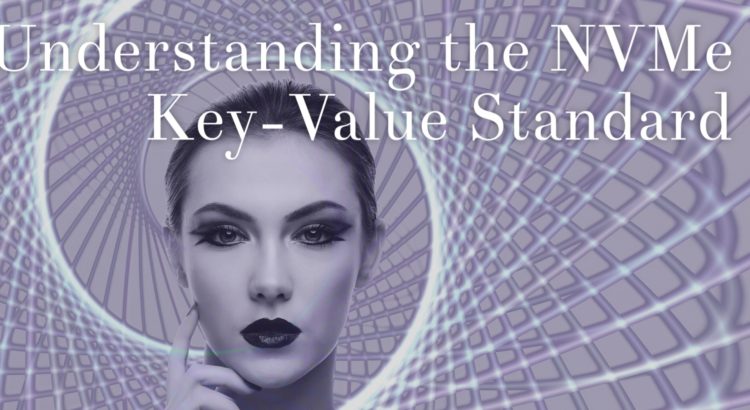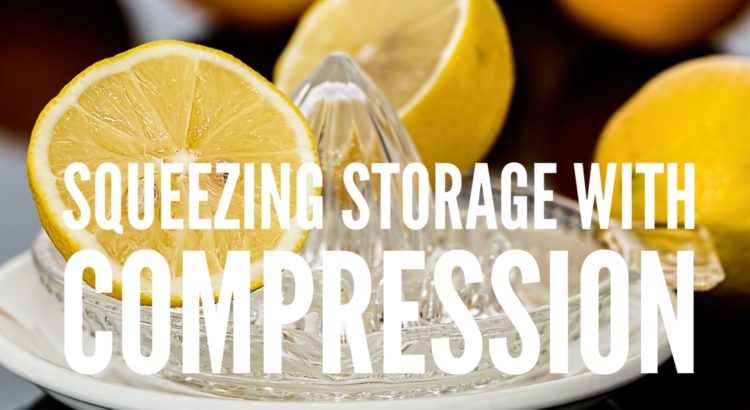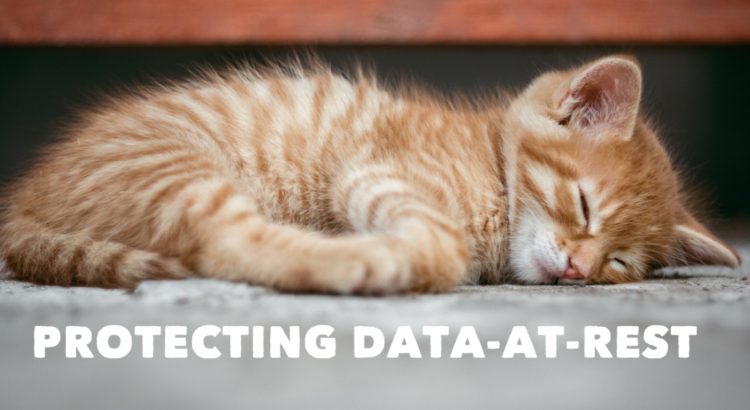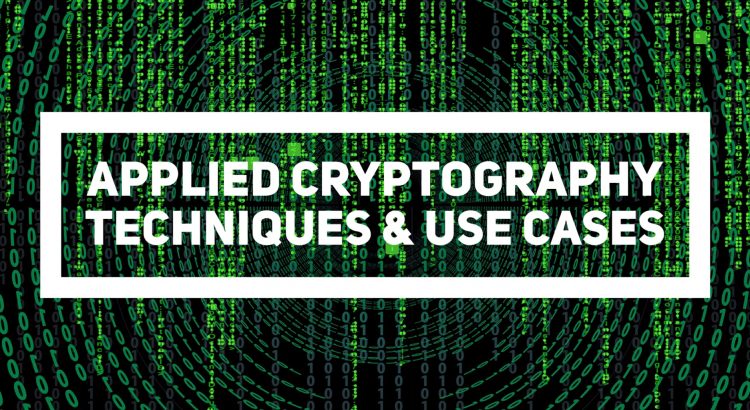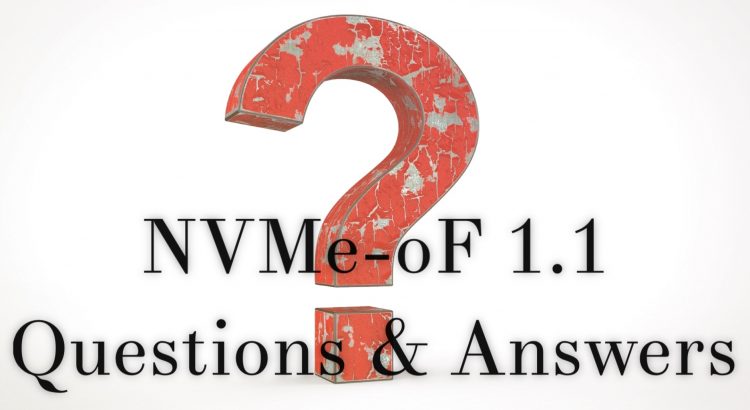Last month the SNIA Networking Storage Forum continued its Storage Networking Security Webcast series with a presentation on Security & Privacy Regulations. We were fortunate to have security experts, Thomas Rivera and Eric Hibbard, explain the current state of regulations related to data protection and data privacy. If you missed it, it’s available on-demand.
Q. Do you see the US working towards a national policy around privacy or is it going to stay state-specified?
A. This probably will not happen anytime soon due to political reasons. Having a national policy on privacy is not necessarily a good thing, depending on your state. Such a policy would likely have a preemption clause and could be used to diminish requirements from states like CA and MA.
Q. Can you quickly summarize the IoT law? Does it force IoT manufactures to continually support IoT devices (ie. security patches) through its lifetime?
Read More

